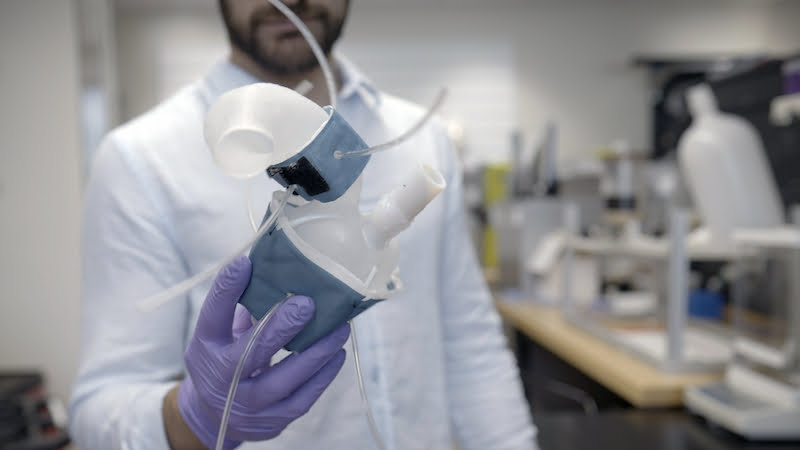
Researchers from the Massachusetts Institute of Technology (MIT) have developed an artificial heart from a 3D printer. It is designed to simulate treatments and help patients with heart conditions.
New technologies have conquered the world’s hospitals in recent years. New and further developments of medical devices ensure a significantly safer handling of patients. This is a positive effect that will hopefully continue to make itself felt. A new interesting approach now comes from the Massachusetts Institute of Technology (MIT).
Because there is a problem with every medical intervention. Each organ is individual and therefore requires a special approach to treatment. MIT’s approach relies on copies so that doctors don’t have to literally tinker with open hearts. To do this, they quickly printed an artificial heart using a 3D printer.
Artificial heart from the 3D printer is almost an exact copy
The new approach enables the exact replication of the functions of the respective organ. If a patient comes to the hospital with a heart problem, doctors can first test possible treatment approaches on the 3D model.
To ensure that the replica is as realistic as possible, the researchers first convert the images of the patient into a three-dimensional model. The 3D printer then prints the heart onto a polymer using a special ink.
This ensures a soft and flexible shell of the final model. The situation is similar with the main arteries around the heart. In this way, the current heart function can be simulated after the print is complete.
Simulation of treatment methods makes surgery less dangerous
If a patient suffers from aortic stenosis, the doctors simulate the lack of blood flow by narrowing the relevant valves. In addition, cuffs are used that are similar to those of a blood pressure monitor. The simulation on the heart model makes it possible to find the right place for a synthetic valve that will be formed later.
Because that saves the person concerned from annoying and sometimes dangerous follow-up interventions. The researchers also want to use their model to simulate various therapies for heart diseases. The optimal way for each heart can be found. Other uses may come one day.
Also interesting:
Source: https://www.basicthinking.de/blog/2023/03/01/herz-3d-drucker/


